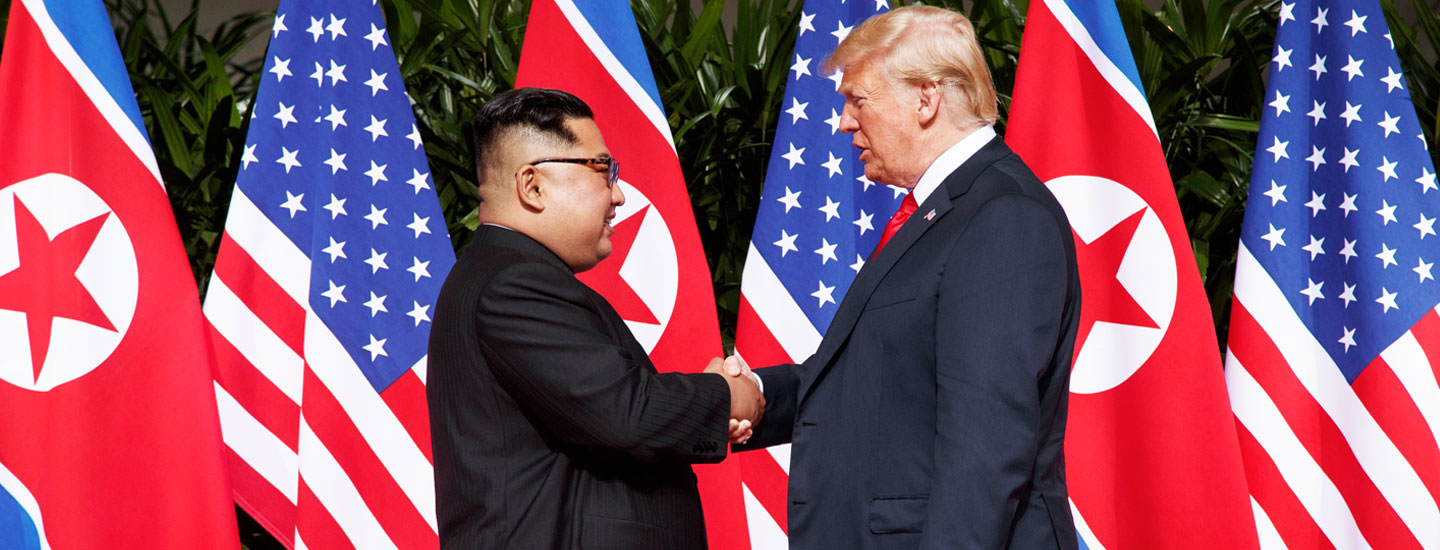President Donald Trump shook hands with North Korea’s young dictator, Kim Jong Un, on Tuesday during the first summit meeting between their nations, which ended with promises from both sides to work toward peace.
In a statement the two leaders signed, Trump “committed to provide security guarantees” to North Korea. Kim “reaffirmed his firm and unwavering commitment to complete denuclearization of the Korean Peninsula.”
The meeting was a momentous step in the relationship between the world’s largest nuclear power and the most reclusive one. But complex negotiations will be necessary to turn their promises into reality, and success is far from certain.
Brash, impulsive leaders who only a few months ago taunted each other with the threat of using nuclear weapons, Trump and Kim set aside their threats in a gamble that for now, at least, personal diplomacy can counteract decades of hostility and distrust.

